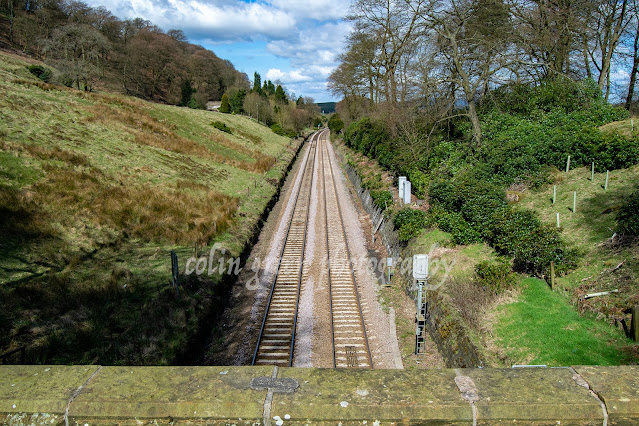On a crisp April day in 2016, the 23rd to be precise, my trusty Nikon D3300 and I set out to explore the rugged beauty surrounding Holme and Cliviger. My primary mission? To finally capture the stoic grandeur of St. John the Divine, a landmark I'd admired countless times in passing. Little did I know, the day held far more treasures than just a church portrait. The walk unfolded into a delightful adventure, revealing the hidden wonders of the landscape: the shadowy maw of Holme Tunnel, the elegant span of Buckley Bridges, and a tapestry of other captivating scenes.
Holme Tunnel itself, a subterranean passage slicing beneath the dramatic Thieveley Scout, part of the Cliviger Gorge, proved a highlight. This 265-yard marvel, born in 1849, whispered tales of a bygone era. I learned that it had recently emerged from a transformative £11.5 million refurbishment, shedding its slow, 20mph crawl for the exhilarating rush of 75mph. A testament to engineering prowess, it stood as a powerful reminder of the region's enduring spirit.
Clicking any of the images below should open a link in another window to my Colin Green Photography store on Zazzle.





Buckley Bridge.
The Copy Pit Railway Line traverses the landscape via Buckley Bridge, a primary structure. Adjacent, to the west, a secondary bridge spans the road, its function less immediately apparent. Oral tradition suggests this smaller bridge was integral to the original Holme Railway Station approach, a detail that hints at a more complex history than the present-day scene reveals.
Below are a couple of views taken from near the top of Cliviger Gorge looking towrads Todmorden with Stoodley Pike Visible in the distance and across the valley towards the Church of St John the Devine.
The Church of St John the Devine.
Consecrated between 1788 and 1794, this active Anglican church, a Grade II listed landmark in the Blackburn diocese, gazes down upon the village like a silent guardian. But it's more than just stones and mortar; it's a place where stories reside. General Sir James Yorke Scarlett, a name etched in Crimean War history for his daring charge, found his final peace here. The sheer scale of his funeral, with over 60,000 people lining the streets, speaks volumes about the man, and the impact of his life.
Thanks for looking, please take a moment to share and follow me on social media, and check out my portfolio's on Photo4Me and ClickAsnap via the links below.
All the pictures remain the copyright of Colin Green.























































